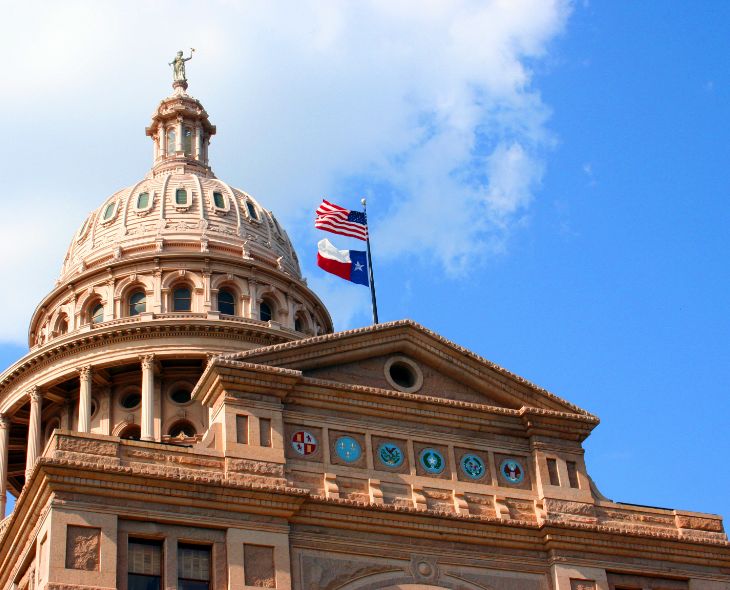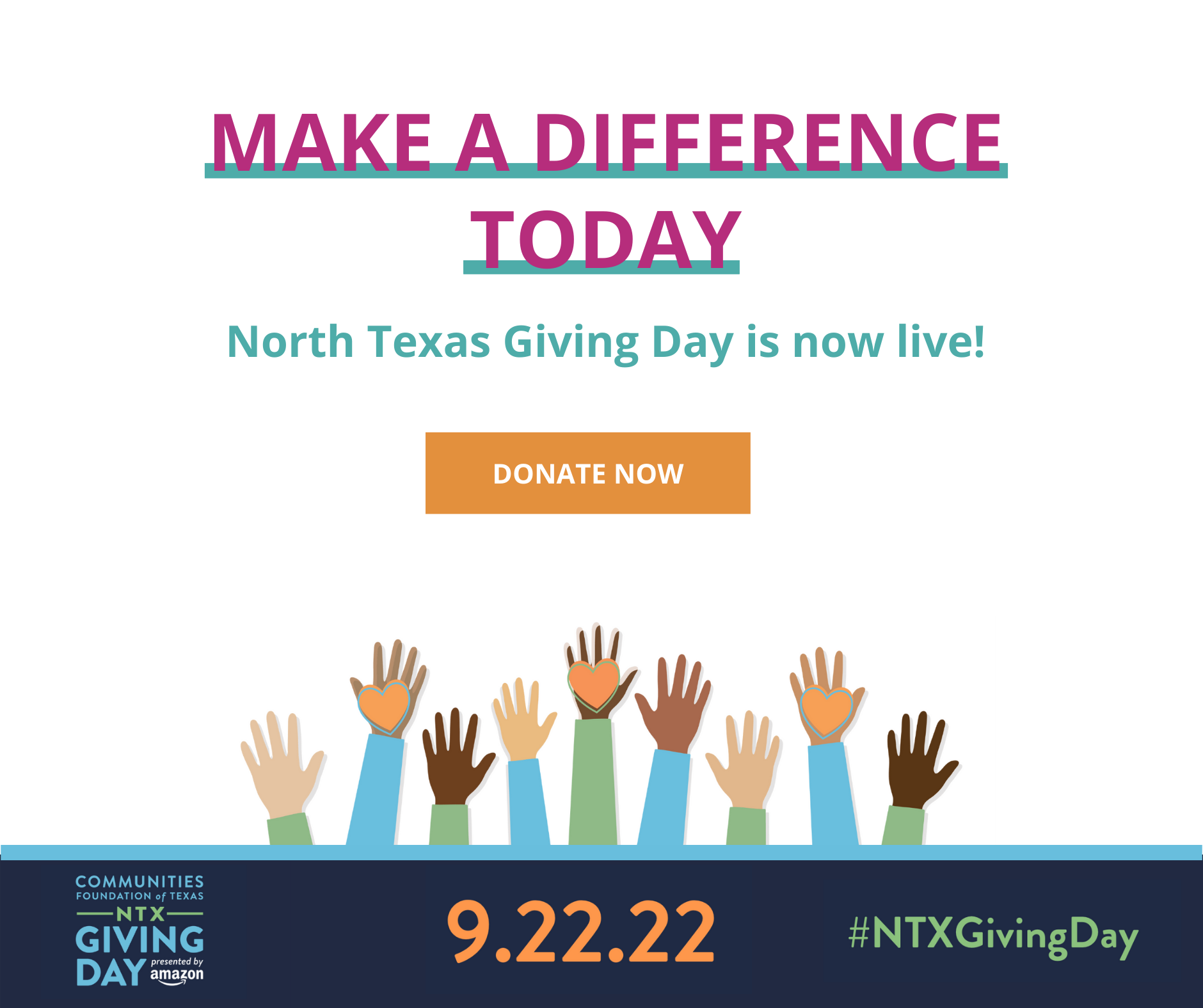The 87th Texas Legislative Session is underway, and both the House and Senate have released their proposed budgets for the upcoming 2022-2023 biennium. With more revenue available than expected, the Department of Family and Protective Services (DFPS) fared pretty well when compared to other Health and Human Services agencies in the Article II budget. While the two chambers had different approaches to spending, they both proposed providing DFPS with a total of $4.4 billion in All Funds, including over $13 million in General Revenue.
The best news in the DFPS budget is that prevention funds were maintained and, in some cases, strengthened in both the House and Senate base budgets. Increased federal funding as well as efficiencies in Prevention and Early Intervention Programs (PEI) resulted in slight increases to the STAR program, child abuse prevention grants, and home visiting programs. As prevention programs have been especially vulnerable in prior recessions, this is great news for the start of the 87th session as we continue to advocate for strategic growth and smart investments in prevention.
Unlike prior sessions, the House and Senate budgets begin with a host of similarities. Unfortunately, in general, many of those similarities reflect a maintenance of the status quo. Both chambers introduced budgets that fail to make meaningful investments to improve:
- Workforce turnover rates in each program area.
- Caseloads in each program area, including Conservatorship despite an ongoing lawsuit that continues to find caseloads to be overly burdensome.
- Average hold times at Statewide Intake.
- Relative caregiver payments.
- Preparation for Adult Living (PAL) purchased services.
And in some cases, the budgets are aligned in ways that could result in decreased quality in DFPS operations. For example,
- Compared to FY 2021, this budget decreases funding for Child Protective Services (CPS) direct delivery staff to carry out their responsibilities.
- Relative caregiver payments are also lower than FY 2021 in both proposed budgets.
Despite being overwhelmingly similar, there are some key differences in the House and Senate budgets.
- Workforce: The House took a more generous approach with the workforce and takes into consideration the agency’s Exceptional Item request for additional workers. The House wants to see the agency more fully staffed, which also accounts for the higher funding amounts allocated for salaries. The Senate, on the other hand, proposed funding approximately 400 less employees which would require the additional Exceptional Item request to be considered.
- Delivery of CPS Services: Both chambers suggested different amounts to fund CPS direct delivery staff to carry out their responsibilities. Both chambers came up shy of Fiscal Year 2021 spending levels: the Senate proposed an amount that is $15 million short, whereas the House came up with a number that is $33 million short. This is significant because DFPS asked for an additional $107 million above the base budget across the biennium to perform their duties adequately, so this is an even larger gap to fill to be able to meet the needs of children and families.
- Community Based Care (CBC): The Senate seems more willing to keep up the momentum of CBC that has been building over the last couple of sessions. While both chambers provided funding for continued progress in existing catchment areas, the Senate went a step further in providing funding to see the expansion of case management into Region 8A and continued progress in Region 8b, which has not been procured yet. DFPS wants to expand even further, so they have included an Exceptional Item request to contract with providers in four new catchment areas and transfer case management responsibilities in two existing regions. Considering what has been funded in each of these proposed budgets could provide insight as to if that request will be approved. Based on this information, it seems like the Senate is more likely to consider it than the House.
The budget is the single most important piece of legislation each session and is the only task that the legislature is required to complete. Lawmakers’ priorities and funding decisions determine if agencies will be able to provide appropriate and timely services and ensure the best outcomes. Members of the House and Senate still have work to do to reconcile the differences between their proposed budgets and consider what is most important for the safety and well-being of children and families. We encourage you to get involved in the House Appropriations and Senate Finance process as they continue to determine what the budget will look like for the upcoming biennium. The Senate Finance Committee will be hearing invited testimony on February 25th and allowing public comment on March 1st. It is critical that we encourage lawmakers to invest in the health and success of children and families by educating legislators on what works, what doesn’t, and the benefits of investing in smart solutions.
For guidance and resources on how you can champion child protection this legislative session, visit our website and sign-up to receive our advocacy alerts by texting TEXPROTECTED to 25994.



